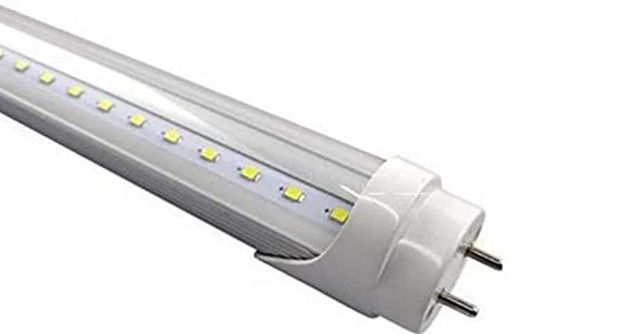What is a Ballast?
High-intensity lamps have an internal chamber filled with gas. When the light is switched on the electrical current travels through the chamber, heating the gas particles. These heated particles produce photons that then cause light to emit from the lamp. However, the chamber cannot regulate the current’s voltage. To prevent high-voltage currents from damaging the lamp a ballast is used. The component ensures the electrical current is distributed evenly throughout the lamp. It prevents power surges that can damage the lamp, while also increasing its efficiency.
We are going to be talking about a lot of different types of lighting today. As you read, you may have different questions based on the type of lighting you currently have. We have an entire series of LED vs Other Lamps. This series offers a deep dive into that specific type of lamp and what you can expect when converting to LED. You can check out the whole series here!
What is the Ballast Factor?
The ballast factor measures the fraction of light a lamp emits when it’s using that specific fixture. Ballast factors are listed in the model specifications and range from 0.70 to 1.20. To use the equation, you multiply the lamp’s lumens rating by the fixture’s ballast factor. For example, if you’re using one with a factor of 0.95 with a 1,000 lumens lamp, you’ll have a brightness of 950 lumens. If there is more than one lamp in the ballast, add the combined lumens rating and then multiply it by the ballast factor.
Which Ballast Factor to Use
There isn’t a one-size-fits-all ballast for lamps. The type of lamp determines which ballast you use. Small, single lamps use a passive ballast referred to as a series resistor. These ballasts have limited functions and need a lot of energy, making them impractical for use with multi-lamp lighting fixtures. Electronic ballasts work well with the neon and fluorescent lights often found in commercial buildings. Electromagnetic ballasts use coiled wires to generate an electric field that lights up gas-discharge lamps. Knowing which type of lamps the fixture uses will let you know which ballast to use.
Have you checked out our Lighting and LED Product Education Center? Here you will find individual interactive pages dedicated to different types of lighting. We cover, wall packs, post top, high and low bay, parking lots, troffer lighting and so much more!
Fluorescent Lamps
Most fluorescent lamp ballasts use 110V of alternating current (AC) to power the light. The lamp holds a capacitor and receives power from the ballast. It controls the current amount passing through, preventing surges while also causing the lamp to light up. Electrical ballasts are best suited for these types of lamps. With the right one, you can boost energy efficiency from 60 Hz to 20 Hz. It’s a noticeable energy savings.
LED Ballast – LED Driver or Fixed Resister
LED Lamps utilize a driver or fixed resistor, which is very similar to a ballast. Like it, the driver regulates the electricity within the fixture to keep the current consistent. These drivers also work well with neon lights. Drivers are resistant to electrical surges, making them better able to control the increase in voltage before it damages the lamp. The driver or fixed resistor is designed to absorb the excess voltage. If the voltage is too high, the driver automatically shuts off power to the lamp. The LED driver helps to preserve energy efficiency and the life of the lamp.
High-Density Lights
Digital high-density lighting systems required a different ballast. You need one built around a micro-processing chip. The advanced chip constantly regulates the voltage going to the fixtures, from the second it’s turned on and shut off. When you understand the ballast factor and what it means for energy savings and lamp life, you know why you need to use the correct component for your lighting systems.
Action Services Group is here to Help
If your facility is considering an LED conversion and you have concerns about your ballast factor, the lighting experts with Actin Services Group can help. We have dedicated professionals waiting to answer all of your questions, call 610-558-9773 or email [email protected].








































0 Comments